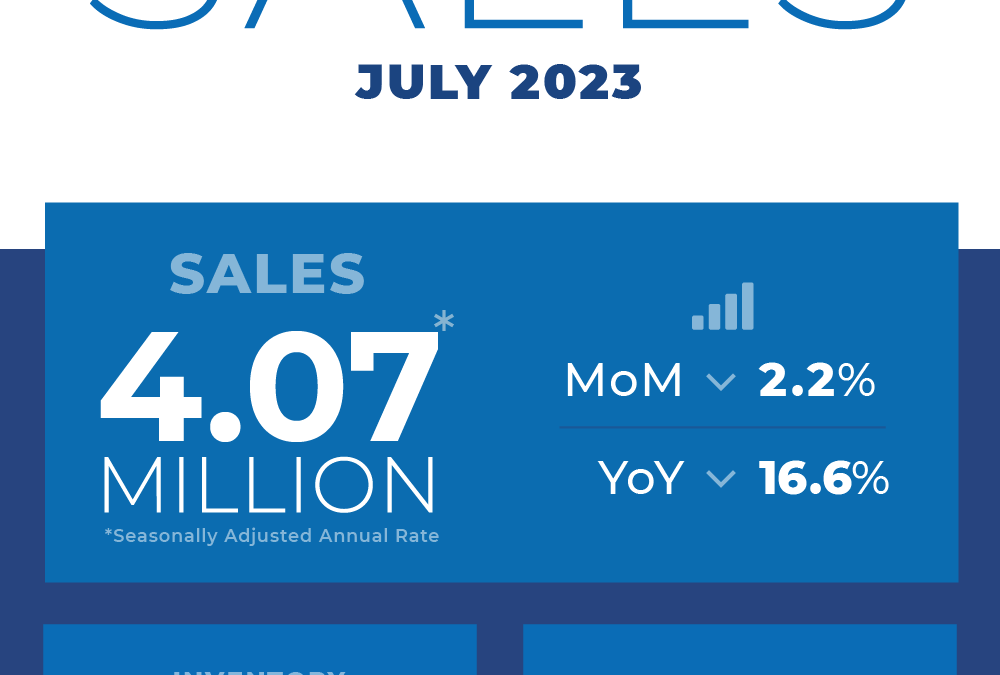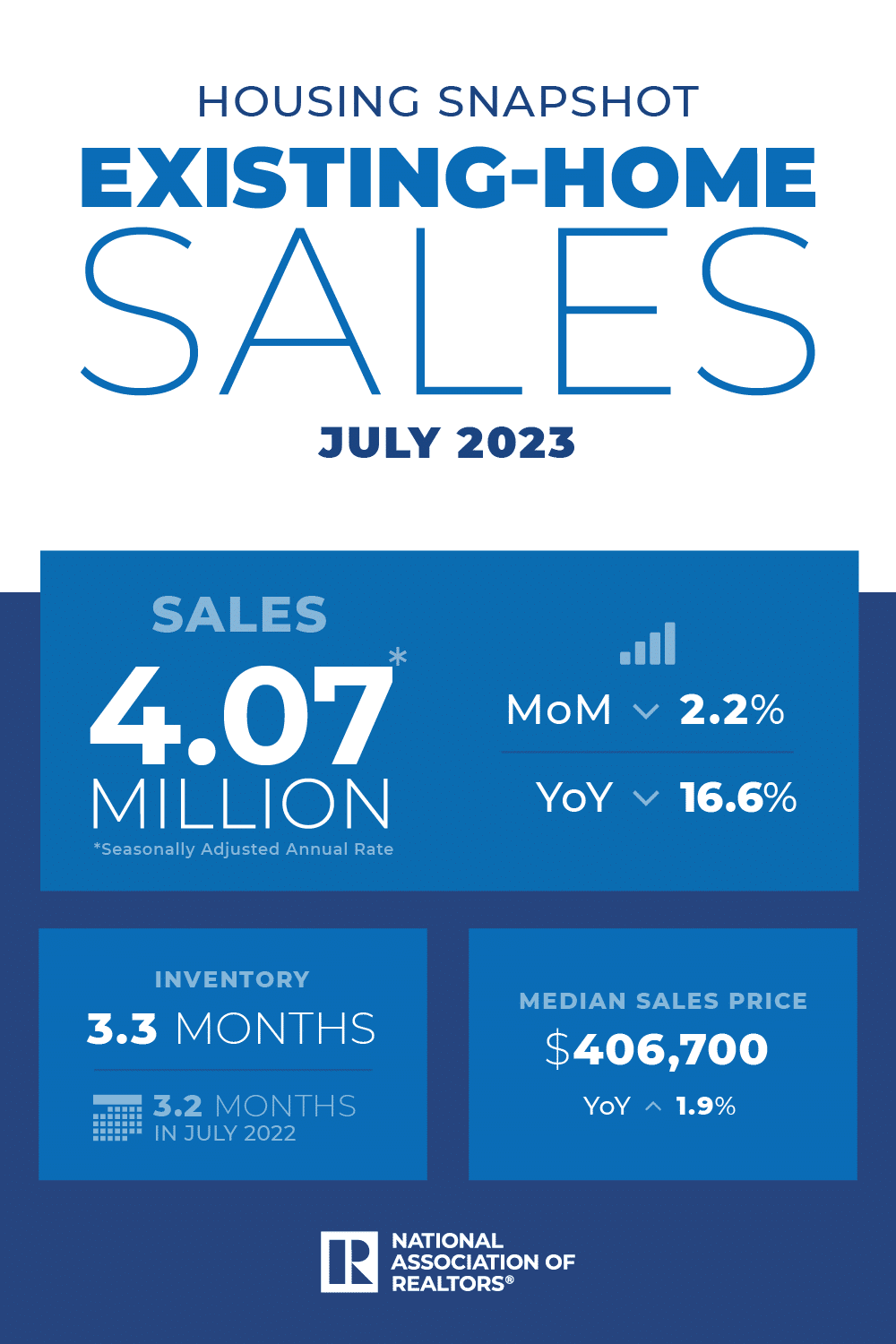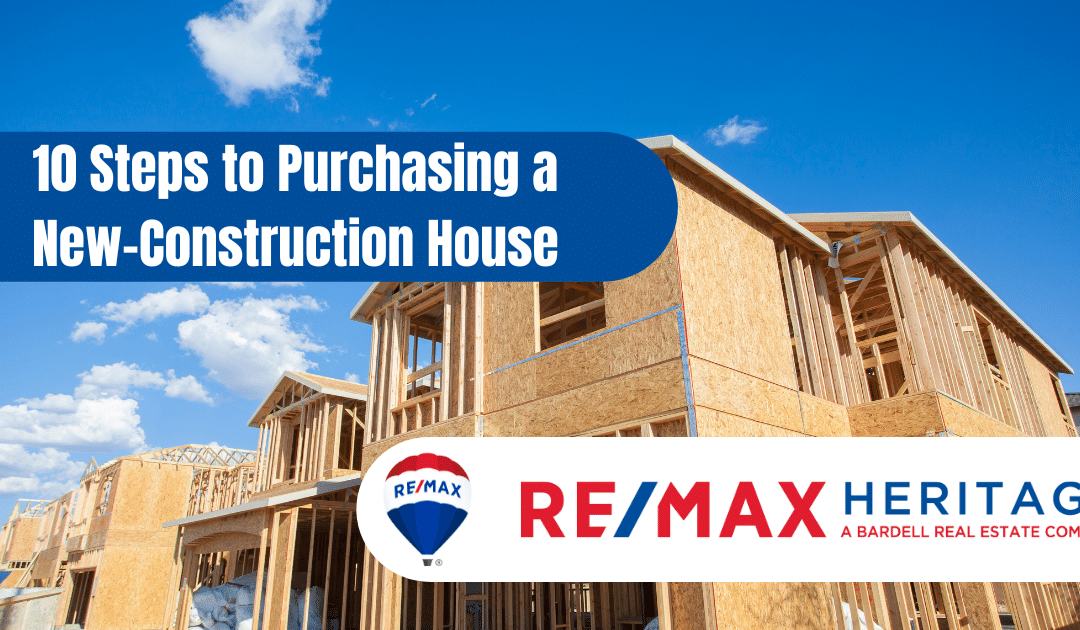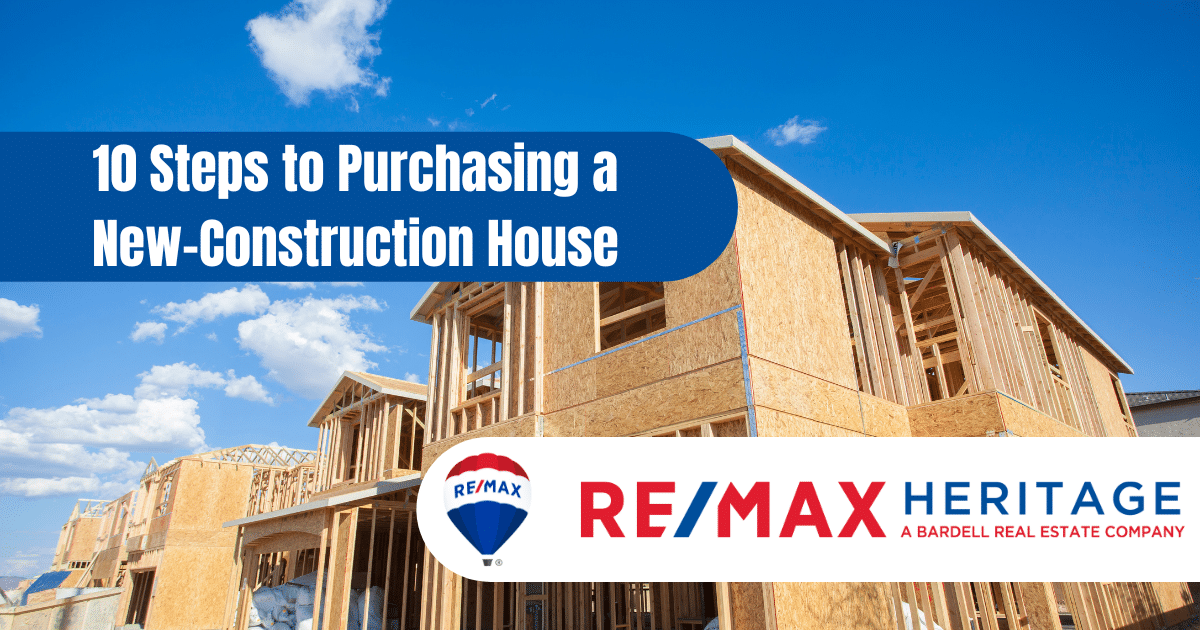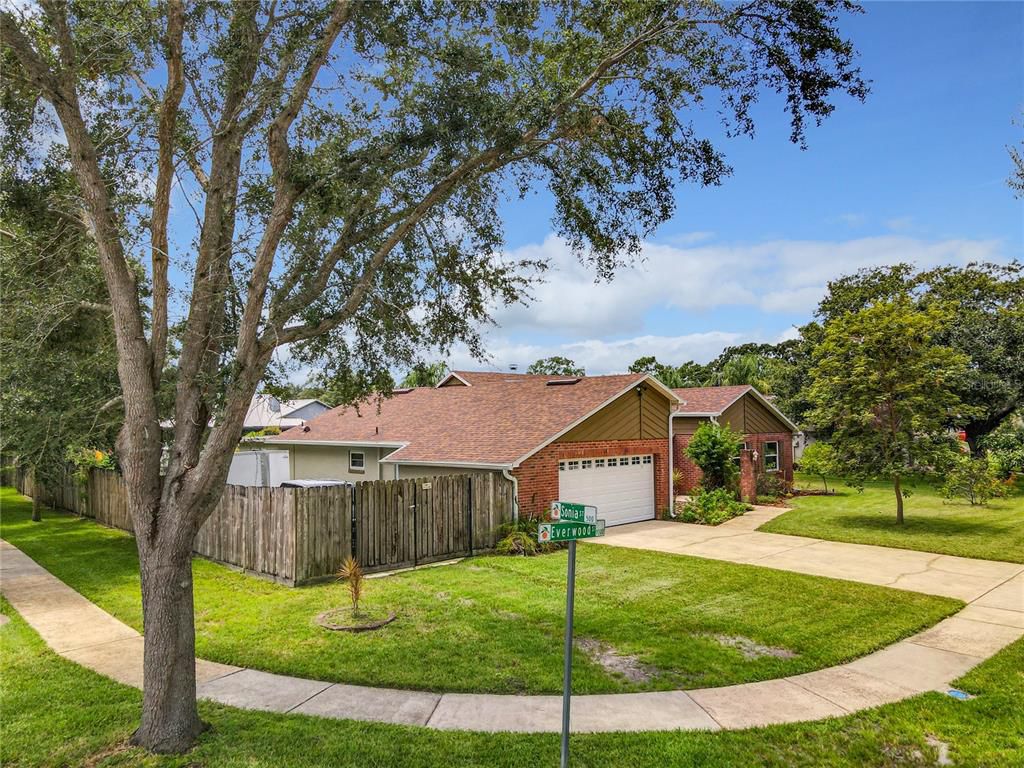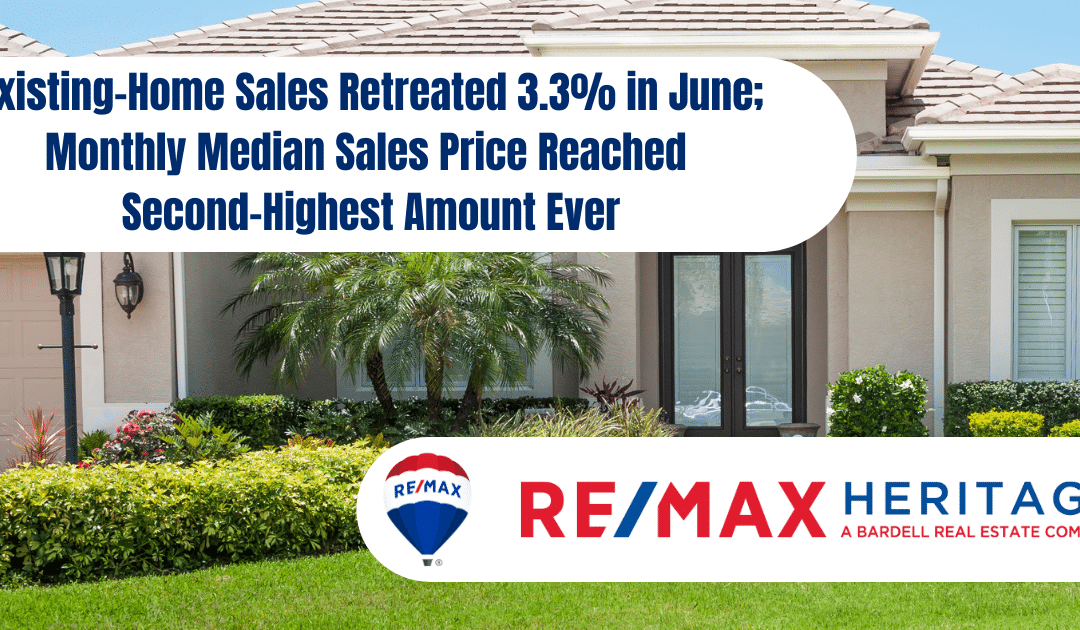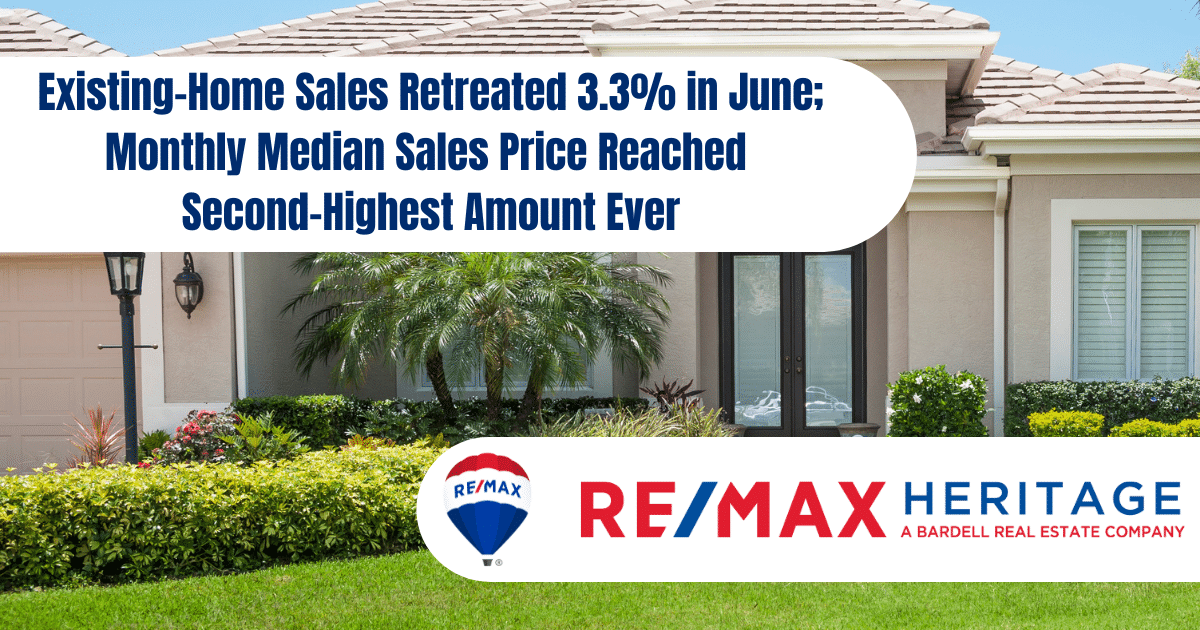What sets apart a Realtor, real estate agent, and broker?
You might hear these titles being thrown around in the real estate world, and while they’re sometimes used interchangeably, there are actually some important differences and specific requirements for each one.
Let’s break it down and see what these titles really mean.
Difference between a real estate agent and broker: What is a real estate agent?
A real estate agent is a licensed professional who specializes in helping individuals with buying, selling, or renting various types of housing and real estate. They are well-equipped to handle all your housing needs.
To obtain the real estate license, states typically have education prerequisites that involve prelicensing training. The specific number of training hours required can vary considerably depending on the jurisdiction. For instance, in Florida, aspiring real estate agents must complete 63 hours of prelicensing training, while in California, they need to undergo 135 hours of license coursework.
After completing the required training, aspiring agents must take a written licensing exam. This exam is usually split into two parts: the first part covers federal real estate laws and general real estate principles, while the second part focuses on state-specific laws.
Once they successfully pass their exam, they obtain their license and earn the title of a “real estate agent.” Many new agents choose to join a brokerage at this point, where they can start assisting home buyers, sellers, and renters, and engage in various real estate transactions.
Broker vs. Realtor, explained
A real estate broker is an individual who has undergone additional education beyond the agent level, as mandated by state laws, and has successfully passed a broker’s license exam.
Just like real estate agent exams, each state establishes its own broker education and exam prerequisites. The supplementary coursework delves deeper into subjects such as ethics, contracts, taxes, and insurance compared to what is covered in a real estate agent prelicensing course.
Aspiring brokers also receive instruction on real estate legal matters and how the law pertains to running a brokerage, real estate investments, construction, and property management. They gain comprehensive knowledge in these areas to become well-rounded professionals in the field.
Brokers possess extensive knowledge of the real estate industry.
To be eligible for the broker’s exam and obtain licensure, real estate agents must have a certain level of experience under their belt, usually around three years as a licensed real estate agent.
In the realm of real estate brokers, three distinct types exist, each with subtle differences in the roles they undertake:
- Principal/designated broker: Every real estate firm is led by a principal or designated broker. This individual holds the responsibility of supervising all licensed real estate agents within the firm and ensuring their operations align with state and national real estate laws. Similar to real estate agents, principal brokers earn their income through commissions, taking a percentage of the commissions earned by the sales agents they oversee (though some may receive an annual base salary as well).
- Managing broker:The principal or designated broker assumes the role of overseeing the office’s day-to-day operations and transactions, often taking a hands-on approach in tasks like agent recruitment, new agent training, and administrative staff management. In certain cases, they may also serve as managing brokers, adding to their responsibilities and involvement in the brokerage’s activities.
- Associate broker: This real estate professional, also known as a broker associate, broker-salesperson, or affiliate broker, holds a broker’s license but operates under the guidance of a managing broker. Unlike a principal broker, this individual is usually not tasked with supervising other agents within the brokerage.
What is a Realtor?
To earn the esteemed title of Realtor—a licensed agent recognized with high regard in the real estate industry—an agent must become a member of the National Association of Realtors®.
By becoming a member, an individual commits to upholding the standards and code of ethics set by the association. In essence, the NAR holds Realtors to a higher standard. Additionally, membership in the NAR grants access to valuable real estate market data, transaction management services, and various other benefits.
Listing agent
A listing agent is a real estate professional who acts on behalf of a home seller. These agents assist clients with an array of tasks related to selling their homes, such as determining the appropriate pricing, offering advice on home improvements or staging, marketing the property on listing services, hosting open houses, arranging showings for potential buyers, negotiating with buyers, and overseeing the home inspection process and closing procedures. They play a crucial role in ensuring a smooth and successful selling experience for their clients.
Buyer’s agent
As their name suggests, buyer’s agents exclusively advocate for home buyers and provide comprehensive assistance throughout the entire home-buying process. Their role includes guiding clients through the housing market, identifying the perfect home, skillfully negotiating offers, and offering recommendations for other professionals like mortgage brokers, real estate attorneys, and settlement companies. Additionally, they adeptly handle any challenges that may arise during the process, such as issues with home inspections or appraisals. Their focus is entirely on ensuring a smooth and successful home-buying journey for their clients.
Good news for home buyers! They need not fret about the cost of hiring a buyer’s agent. Why? Well, it’s because the seller typically covers the commission for both the seller’s agent and the buyer’s agent from the listing agent’s fee. So, buyers can benefit from the expertise and support of a buyer’s agent without having to worry about any additional expenses.
Rental agent
Aside from assisting individuals with buying and selling homes, many real estate professionals also help consumers find rental properties. However, the scope of their services can vary depending on the location, such as whether it’s a bustling city or a small town, and the specific agent’s practices and expertise.
At times, a rental agent will be there to assist you right from the beginning, guiding your search to identify the ideal neighborhood, apartment size, and price range, and even accompanying you to open houses. However, it’s more common that you’ll already have a lot of these preferences decided, and the agent will then provide you with listings that align with your interests.
Once you’ve made a decision on a rental property and obtained approval from the landlord or management company, your agent should assist you in reviewing and comprehending the terms of your lease agreement.
Most tenants can find a place without a real estate agent, but they forget to seek out someone who can help them understand what they’re signing when they sign a lease.
Rental agents can also work on behalf of landlords to assist them in finding tenants. However, the fees charged by an agent to a landlord vary depending on the market they operate in. In many areas, the landlord covers the cost of the real estate agent to find a suitable tenant. In contrast, in highly competitive rental markets, the tenant might be responsible for paying the real estate agent fee, often referred to as a “broker fee.” These fees can range from as low as $50 to $75 for a credit check or application, while more common rates are either one month’s rent or 15% of the annual rent for the apartment. Once you’ve finalized your rental choice and gained approval from the landlord or management company, your agent should assist you in comprehending the terms and conditions of your lease.
Looking for rental services in Orlando – we can help.
We work with our Owners and tenants as individuals and never under estimate what it takes to keep you happy with your choice of Management Company.
By doing our due diligence with our clients, tenants, and vendors we create a service that exceeds expectations and generates positive referrals. Click HERE to learn more and how one of our property management professionals can help you!


